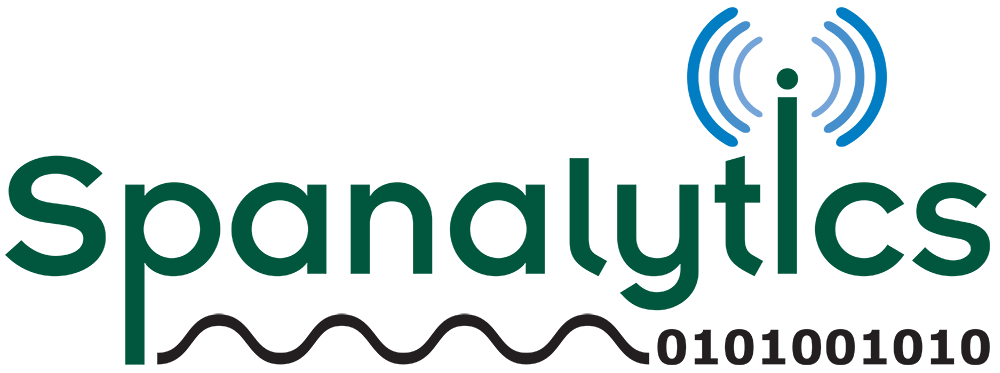Pricing & Shipping
How is shipping calculated?
When you buy one of our leading Internet of Things products, we charge a flat rate for domestic shipping (within the continental US) for 2-day air. International Shipping is calculated on a per country basis.
How is tax calculated?
Sales tax is calculated by the web site’s e-commerce app based on the shipping address entered. International shipping may include tariffs or other applicable taxes. We will need a tax-exemption certificate, if applicable.
What forms of payment are accepted?
We accept e-checks, wire transfers, and credit cards. A fee will be added for credit card payments.
How is the item shipped?
We use custom packaging that has been tested for properly cushioning our products. We use 2-day air (FedEx or UPS) for domestic shipping.
How long will it take?
We usually ship out an order within 24 hours of order receipt. However, occasionally we have inventory shortages. Inventory amounts should be available during the ordering process.
How do I return an item?
Please contact us at [email protected] or [email protected] and we will get you a RMA number.
Specs & Features
What is the current version?
We are currently at version 0.9.9 for Windows (beta pre-release stage).
We are currently at version 0.8.6 for MacOS (beta pre-release stage).
We are currently at version 0.8.1 for Linux (beta pre-release stage).
What are the current specifications?
- Size: 3.5” x 3.0” x 0.8” (90mm x 78mm x 20mm)
- Weight: 0.25 lbs. (110g)
- Power: 4.5W max, powered via single USB3 port
- Frequency Range: 2400 – 2483.5 MHz
- Timing accuracy: 250 ns
- Clock accuracy: +- 0.28 ppm over temperature range
- Operating Temperature: 32°F to 113°F (0°C to 45°C)
- Humidity Rating: 0% to 90% (non-condensing)
- On-board SD Card: 4GB Capture capacity
- Device Input / Output: Antenna – standard SMA female, Sync connectors – MMCX, Logic analyzer – Hirose LX40P, Multi-color LED indicator
- Protocols: Bluetooth Classic (BR/EDR) and Bluetooth Low Energy, compliant to Core version 5.1.
- Operating Systems: Windows, MacOS, and Linux
What are the system requirements?
Any PC that can run the above operating systems should be fine. The PC will need a USB3 port. The more RAM, the better for buffer management ( > 4GB).
How do I download the latest software?
Please contact us and we will send you a link to our shared drive.
What is coming?
- Data export to analytics packages
- Support for our new FindIT product
- LoRa/LoRaWAN capture with our IoT Expansion Pack
- Improvements to our decryption utility (brackle)
Troubleshooting
Why don’t I see any packets?
Here are some ideas:
- The hardware or software is in a bad state; disconnect and reconnect the hardware, then restart the software.
- The threshold is set too high, this is a setting that can be changed from the Windows GUI or command line option for the other OS’s.
- Do you have filters set in Wireshark that might be preventing packets from being displayed?
- The test devices are too far or too at too low a tx/rx level. Can you move closer?
- The duty cycle for the communication between the test devices is low or sporadic. This might be a timing issue (making sure to capture at the right time) or trying to increase the amount of traffic on the network.
How do I reduce the amount of captured traffic?
There are various options. To reduce traffic at the front-end, try raising the packet RSSI threshold value. The higher the value (less negative), the fewer packets you will see. However, keep in mind that you will not see packets below the threshold and with a Bluetooth device using power management, it can be hard to predict its power levels. Or, you may want to physically segregate your test area from unwanted traffic; find a “quiet” space to do the captures or use an RF shielding technique like an RF blanket or Ramsey Box. You can reduce traffic in Wireshark by applying filters. Please see the Wireshark documentation on how to do this.
